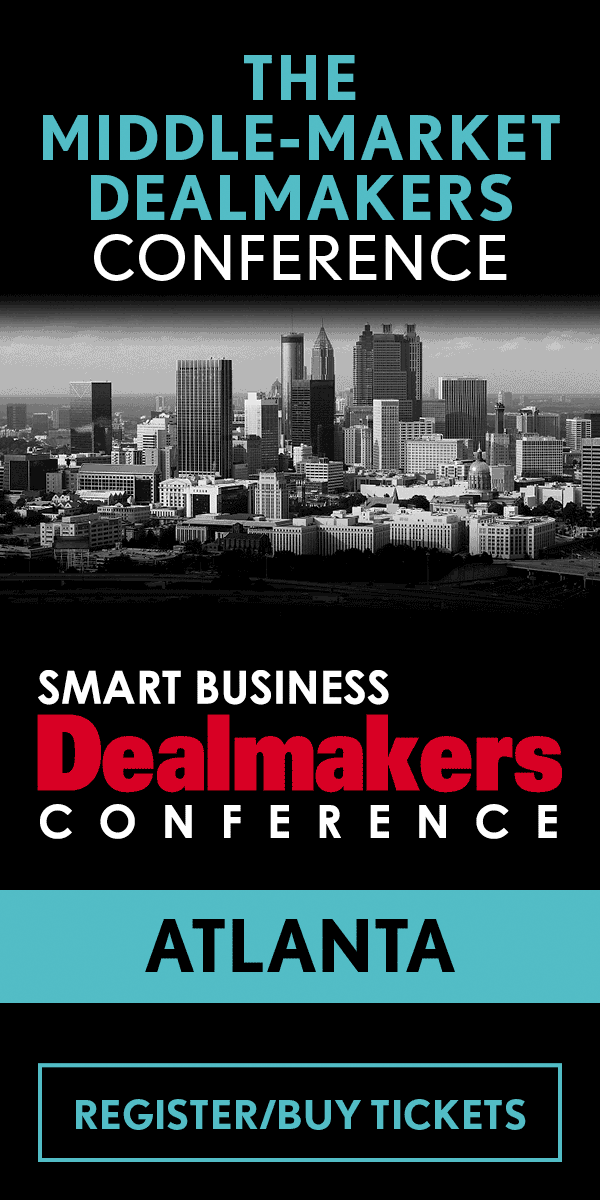The great resignation began near the beginning of 2021 when the marketplace started noticing that high numbers of employees were voluntarily leaving their jobs.
"It came to be a term associated with fear for a lot of business owners," says Jaynanne Calaway-Habeck, founder and CEO of Calaway Habeck Talent Consulting, during the St. Louis Smart Business Dealmakers Conference panel on the factors impacting M&A transactions. "Like, what is this? Is it coming? How does it affect me?"
It affected certain groups disproportionately — women, minorities, and caregivers who are not women, especially. During the pandemic, people saw the cost of living go up, but wages were staying stagnant. People had to make hard decisions about how to maintain the same standard of living. They also had children at home, many of whom were doing remote learning, which was hard for working parents to help with.
"What I'm even still finding today is that the jobs that I'm recruiting for, where people have to be in the office and it's a traditional job, people are saying, That's not what I want. I want flexibility. I want to be able to work remote," she says. "It has become an even bigger deal. That whole work from home or work in the office question that started probably 10-15 years ago, it's right in our faces today. And that's a big part of what the great resignation is."
The labor situation is having an impact entrepreneurs' ability to execute.
"You can't execute on anything without people," Calaway-Habeck says. "We're finding that in transactions, focusing on retaining the people who are already there is even more important than before. (It's) going all the way down to retention bonuses, or now going very deep into the selling organization, because you need to retain critical talent to keep the business going, and then to deliver on the strategic initiatives that are going to create more value in the future."
Douglas Wilber, CEO of Denim Social, says having the right people and talent in place for acquiring companies and raising capital is incredibly important. When he started as CEO, he says the company didn't have the right talent. That required taking a hard look at who's on the squad and how they we're going to deliver a return for investors.
"We had to take it down to just a handful of folks and rebuild from the ground up," Wilber says. "A key component of our strategy for doing that was through M&A."
The company has since done three acquisitions. In each, a core component was the people who were part of those businesses.
"We've now brought in heads of technology, software engineers, the heads of product, these individuals that have a high degree of industry expertise, to help us better manage the company, and then that makes us more attractive to potential investors," Wilber says.
When the company did its series B round last year, he says a core component of the pitch is who's on the team. Having the right people on the team in the right roles makes the company a more investable organization. Now that the company is focused on organically growing the team, it's hired number of individuals who have worked for competitors.
"People want to work for an organization who is exciting and doing Innovative things and provides flexibility," he says. "Our tools are cellphones and laptops, primarily. And yes, we have an office, and we love when people come to the office, but there's no requirement to be in the office every day."
Now, says Adrian Nohr, a principal at CliftonLarsonAllen, there's greater diligence on the human capital aspect of a deal. On the buy-side, she says, private equity groups are often looking to partner with management rather than take over and change everything.
"They're really looking to have a strong management team to partner with," Nohr says. "And so that management level, it's extremely important to have that in place."
For sellers, it's important to have a strong culture as it's attractive to buyers. Sellers, she says, also need to accept that the higher cost of talent is the new norm.
"There is no normalizing of this increased labor wage," she says. "It's costly to get talent now. We have to embrace that going forward."




